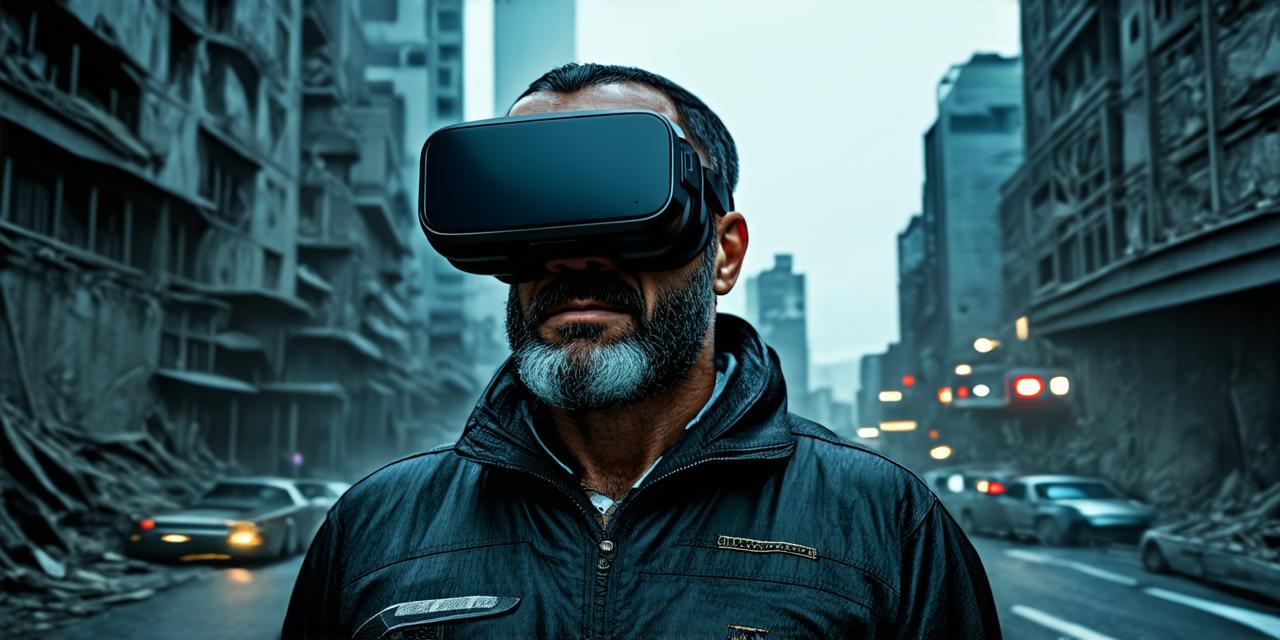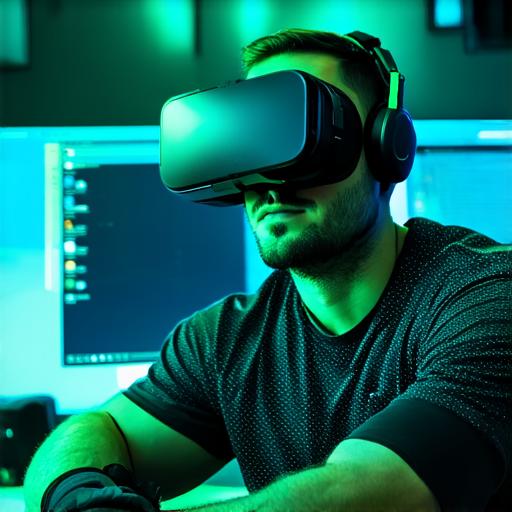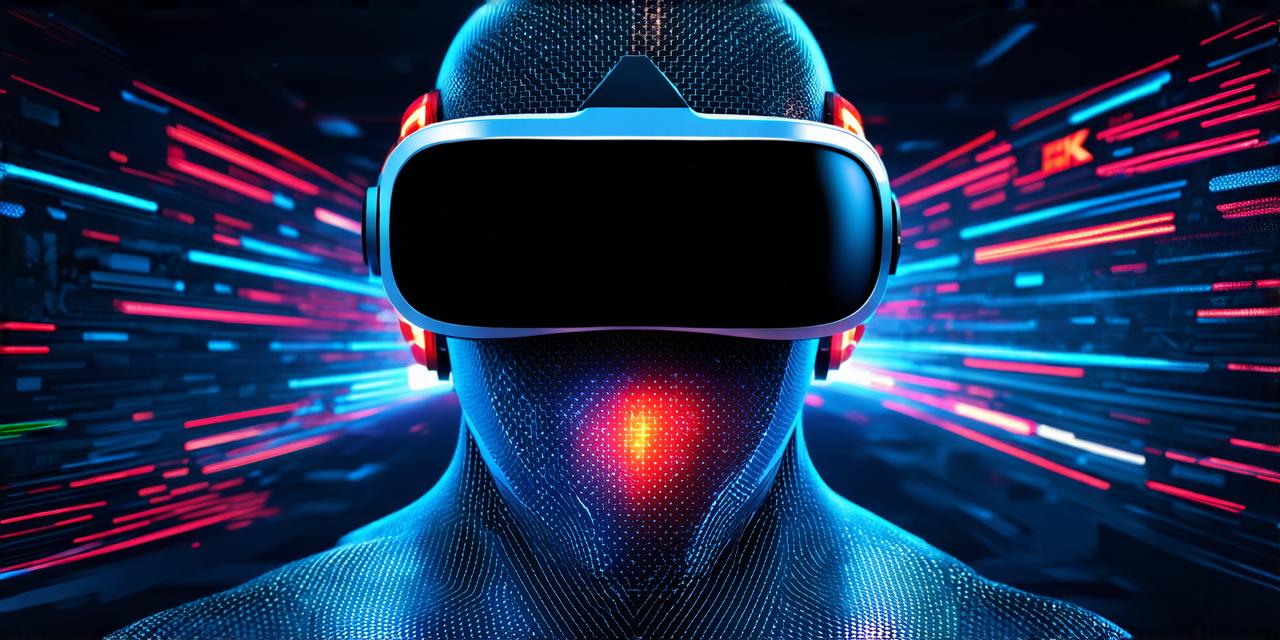
What is bad about virtual reality?
Virtual reality (VR) technology has come a long way since its inception, with many people now using it for gaming, education, and even medical treatments. However, despite the numerous benefits of VR, there are also some drawbacks that should be considered before investing in this technology.
Table of Contents
Toggle1. Expensive Equipment:
One of the main drawbacks of VR is the cost of the equipment required to use it. A high-end VR headset can cost upwards of $1000, which may be prohibitive for some people. Additionally, you will also need a powerful computer or gaming console, as well as sensors and controllers, which can add to the overall cost.
2. Motion Sickness:
Motion sickness is a common issue with VR technology. The disconnect between what your eyes see in the virtual world and what your body feels in reality can cause nausea, dizziness, and headaches. This can be particularly problematic for people who are prone to motion sickness or have a weak stomach.
3. Isolation:
While VR technology can provide a sense of immersion and escapism from the real world, it can also lead to feelings of isolation. Spending long periods of time in a virtual world can make it difficult for people to form meaningful connections with others in reality. This can be particularly problematic for people who already struggle with social anxiety or loneliness.

4. Addiction:
Like any technology, VR can be addictive, leading people to spend excessive amounts of time in the virtual world at the expense of their real-life responsibilities. This can lead to a range of negative consequences, including neglecting family and friends, falling behind on work or school, and even damaging mental health.
5. Limited Interaction:
While VR technology has come a long way, it is still limited in terms of the level of interaction that users can have with the virtual world. For example, while you can touch objects in the virtual world, you cannot feel them or interact with them in the same way that you would in reality. This can limit the potential for immersive and realistic experiences.
Conclusion:
While VR technology has numerous benefits, it is important to consider the drawbacks before investing in this technology. Expensive equipment, motion sickness, isolation, addiction, and limited interaction are just some of the issues that users may face when using VR. By understanding these potential drawbacks, people can make more informed decisions about whether VR technology is right for them.

